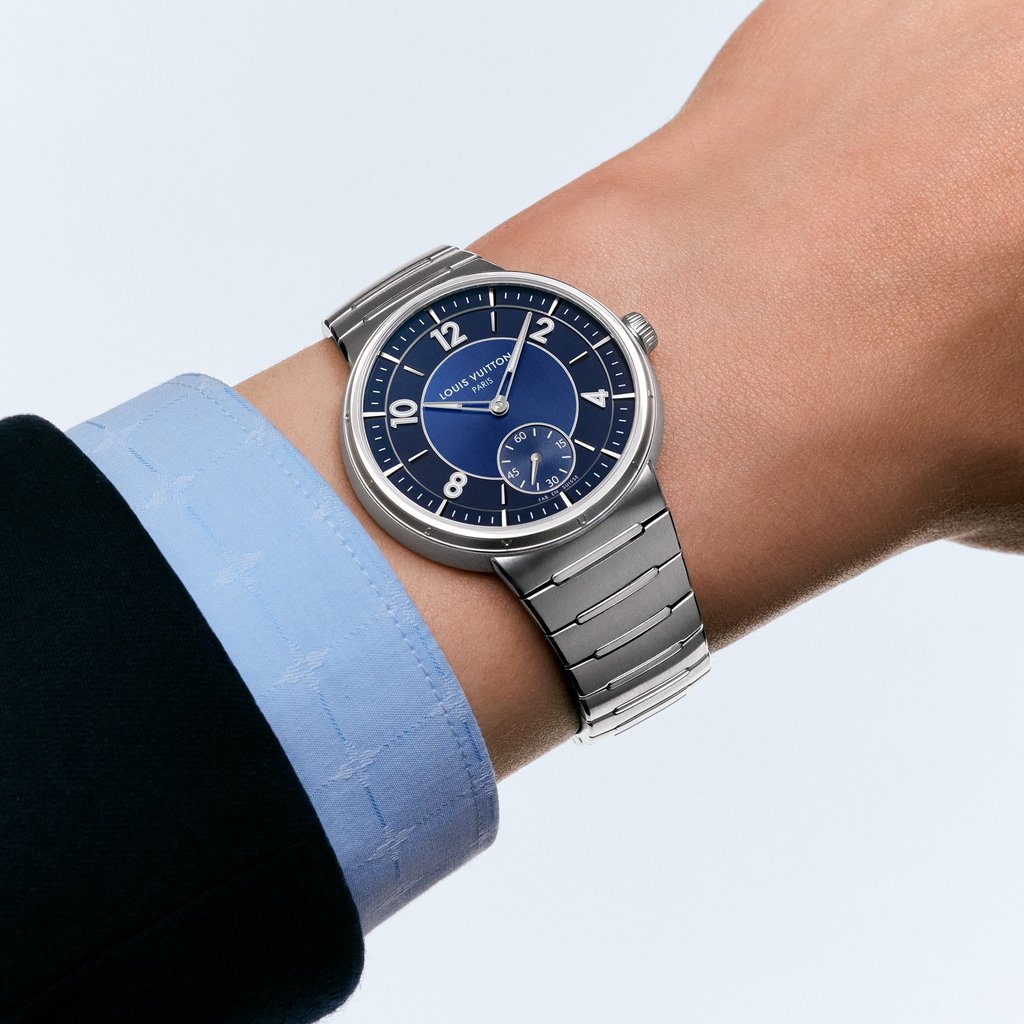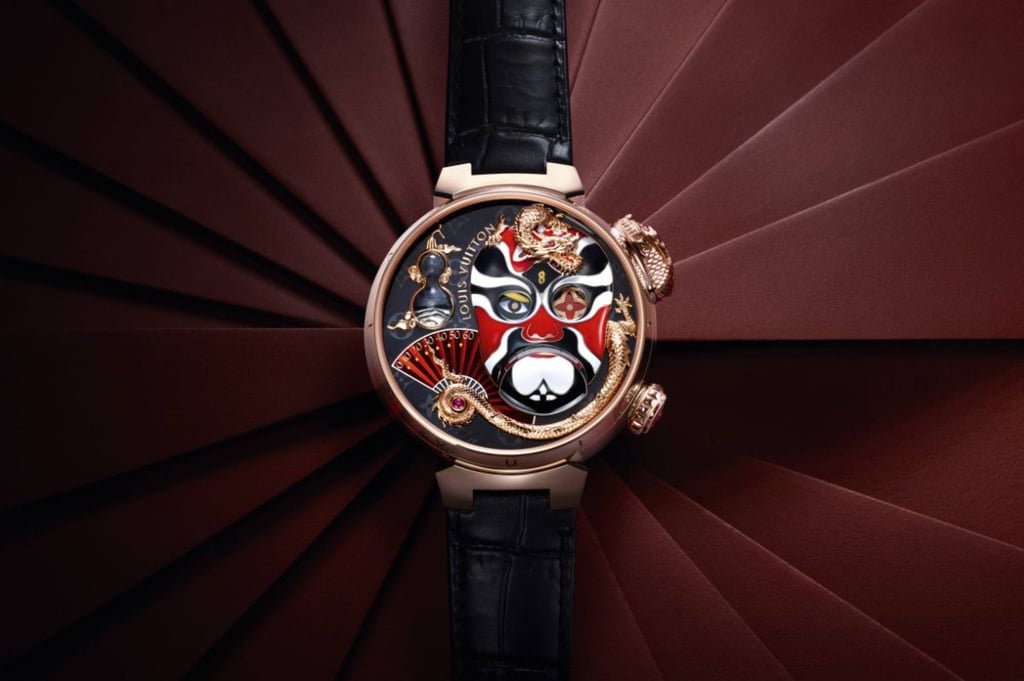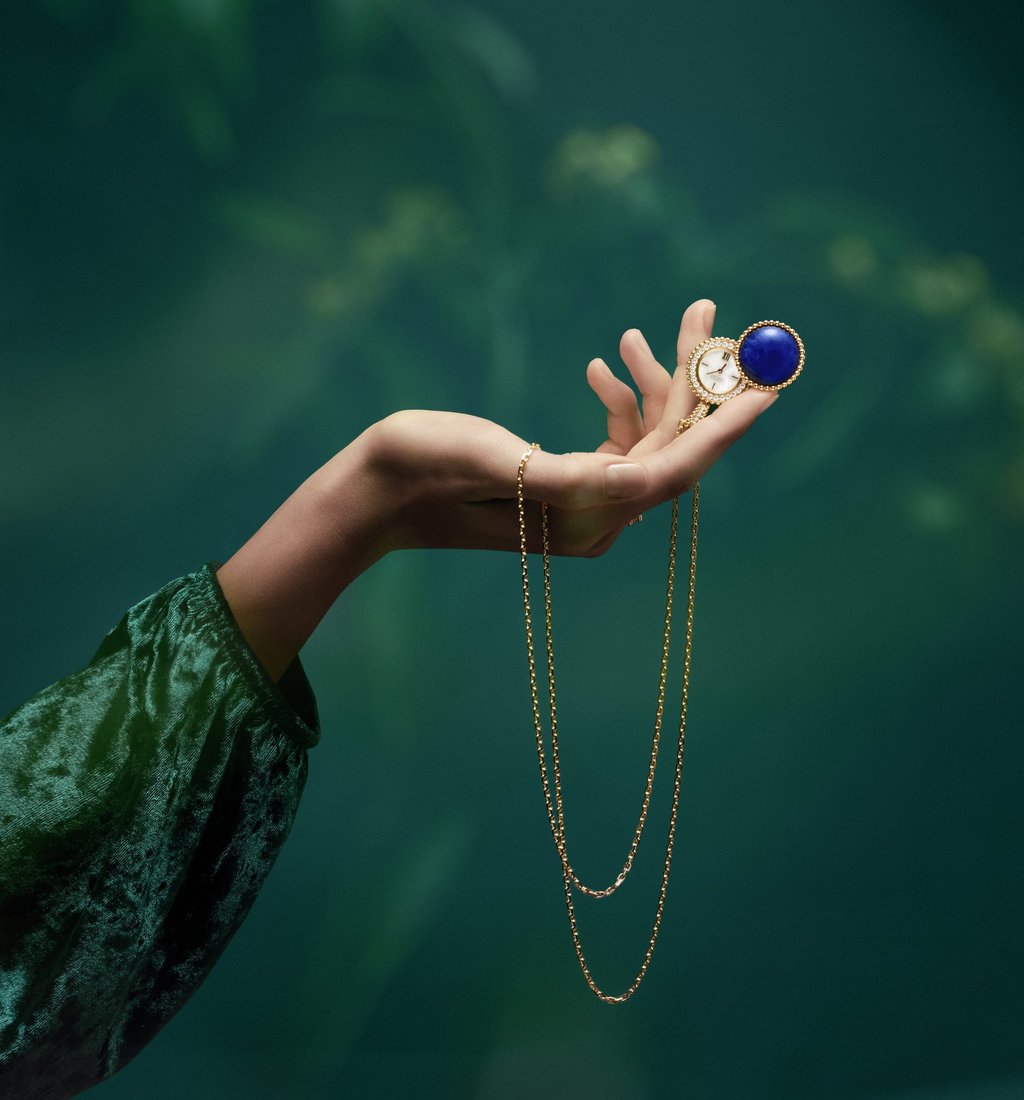Which luxury brands tried watchmaking first … and got it right? Chanel’s Première paved the way for Louis Vuitton’s signature Tambour – but Gucci already did timepieces back in the 70s

- Back in 1923, high jewellery house Van Cleef & Arpels crossed over with its first timepiece, a platinum and diamond secret wristwatch – but fashion maison were slower on the move
- Gucci launches its first fashion watch in 1972, the Chanel Première was introduced in 1987 and Louis Vuitton’s signature Tambour followed in 2002 – now labels from Rowing Blazers to Armani are following suit
When Louis Vuitton retired 80 per cent of its watch line-up this July, it caused quite the stir in horological circles.
A hint of its new direction came with the simultaneous release of a thinner and more elevated design of the brand’s signature Tambour. By returning to its first foray as a high-end horologer – the original Tambour was released back in 2002 – this signalled LV’s renewed commitment to the fine watchmaking space. Shifting focus from bold aesthetics, like the mechanically bonkers Tambour Opera Automata based on the Sichuan bian lian opera released in March, it set the brand’s sights on the integrated bracelet sports watch market.

Fellow LVMH titan Bulgari was ahead of this curve, with the 2014 release of the Octo Finissimo, a statement of in-house savoir faire in dial, case, movement and bracelet making, in notable contrast to its jewellery-inspired watches like the Serpenti and Allegra.
Today, a growing number of luxury names, from Rowing Blazers to Armani, want to dip their toes into more sophisticated horology, which begs the big question …
Why are luxury brands so interested in watches?

Kim Parker, a luxury journalist and editor, argues that, “Like the world of couture, there is a lot of precision and prestige associated with the world of high horology. It is an area that allows luxury makers to define and showcase the apex of their creativity and craftsmanship, bringing together so many different artisanal disciplines, like jewel setting, marquetry and enamelling,” she says. “To operate in this sphere says a lot about a maison’s dedication to elite craftsmanship, as well as its ambitions for operating in an increasingly competitive industry.”
With the rise of independent watchmakers, innovative start-ups and advances in technology, the luxury watch market is more saturated than ever. So, how does a brand establish itself in this rarefied space and challenge the horological status quo?
Which were the first luxury brands to manufacture watches?

We can find some instruction in going back to the history books and looking at earlier examples of brands that have successfully made the leap. Heritage jewellery maison Van Cleef & Arpels was one of the earliest luxury jewellers to successfully make the jump.